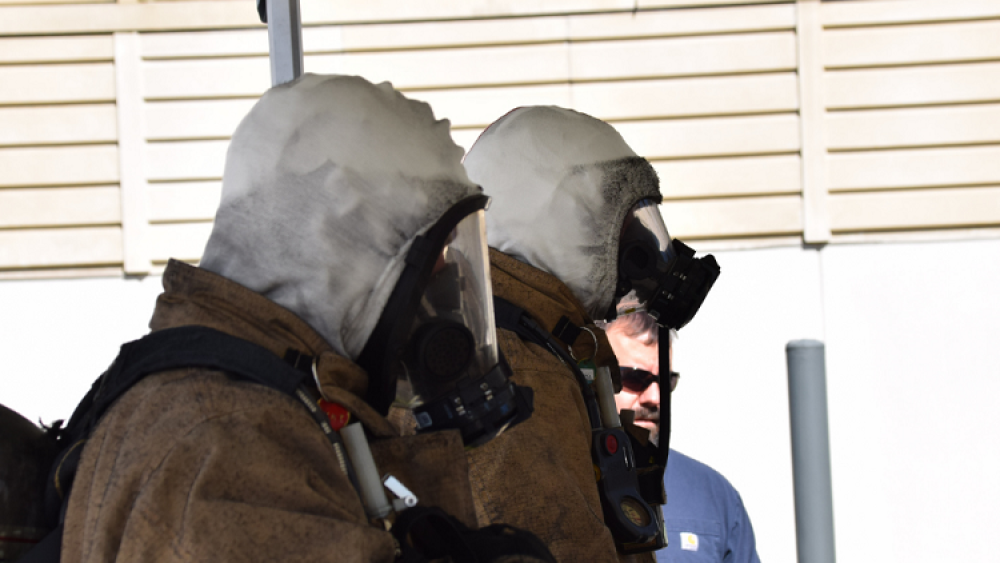By Laura French
COLUMBIA, Md. — The UL Firefighter Safety Research Institute (UL FSRI) has published an open-access article outlining how firefighter hood design, cleaning and doffing methods impact contaminant exposure, heat stress and wearability.
The article, “Effects of firefighting hood design, laundering, and doffing,” is available to read online in the journal Ergonomics.
UL FRSI researchers studied differences between traditional knit hoods and particulate-blocking hoods, new hoods and laundered hoods, and traditional doffing and overhead doffing to determine impacts on contamination depositing on the neck, psychological responses related to heat stress and firefighters’ perceptions of hood wearability, according to a UL FRSI statement.
“Protecting the neck and head regions is particularly challenging as thin dermal layers and vasculature may be subject to elevated thermal conditions,” the UL FRSI statement read. “The relatively thin skin in the neck region provides an area where transdermal absorption of products of combustion may be important. However, maintaining the ability to dissipate internally generated heat through the head and necessary range of motion of [the] head is critical for firefighter safety. Thus, the balance between protection (from fireground particulate and elevated environmental temperatures) and wearability (e.g. thermal perceptions, comfort, breathability, impact on range of motion) must be understood.”
Key takeaways from the research include the finding that adding a particulate-blocking layer to a traditional two-ply hood reduced contamination reaching the neck but did not affect heat stress measurements, and the fact that modifying the hood removal process resulted in a larger reduction of neck contamination than just changing the hood design.












